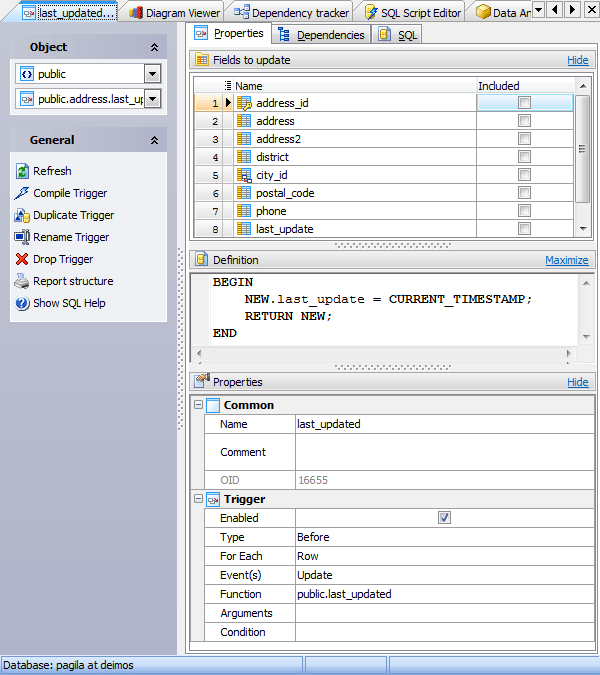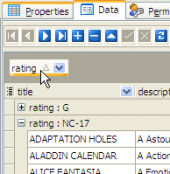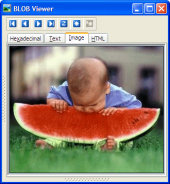PostgreSQL Maestro online Help
| Prev | Return to chapter overview | Next |
Trigger Editor
Trigger Editor can be opened automatically after the trigger is created and is available on editing the trigger.
The basic principles of Object Editors in PostgreSQL Maestro are explained in a separate topic. Below you will find a description of editor tabs that are unique for the current object.

The main tab of the editor consists of several parts: a list of fields to be updated by the trigger,, trigger definition, and trigger properties.
Fields to update (PostgreSQL 9.0)
The tab contains the list of table columns the trigger to fire only when one of the specified columns is updated. If all columns are unchecked, the trigger is fired when any column of the associated table is updated.
Definition
Defines the trigger conditions and actions.
Properties
Name
Here you can view and change the trigger name.
Note: the name of the object must be unique among all the object names in its container. Moreover, all the objects that are source of data need unique names among themselves. You can use any identifier that is allowed by PostgreSQL server.
Comment
This field contains a comment to the trigger.
OID
This field stores the trigger OID (object identifier). This is a serial number that is automatically added by PostgreSQL to all triggers.
For table
Here is the field where you can specify the name of the table the trigger is defined for.
For Each (Row, Statement)
This specifies whether the trigger procedure should be fired once for every row affected by the trigger event, or just once per SQL statement.
Function
The function is executed when the trigger fires.
The Arguments list contains the list of the arguments to be provided for the function when the trigger is executed.
Type(Before, After)
Determines whether the function is called before or after the event.
Condition (PostgreSQL 9.0)
The field contains a Boolean expression that determines whether the trigger function will actually be executed.
To apply the changes, select the Apply Changes item in the Navigation bar or use Ctrl+F9 or Ctrl+F7 shortcut keys.
It is also possible to modify object properties without opening the object editor: use the Object Properties item of the popup menu of the selected object from the explorer tree.
| Prev | Return to chapter overview | Next |





 Download
Download Buy
Buy
